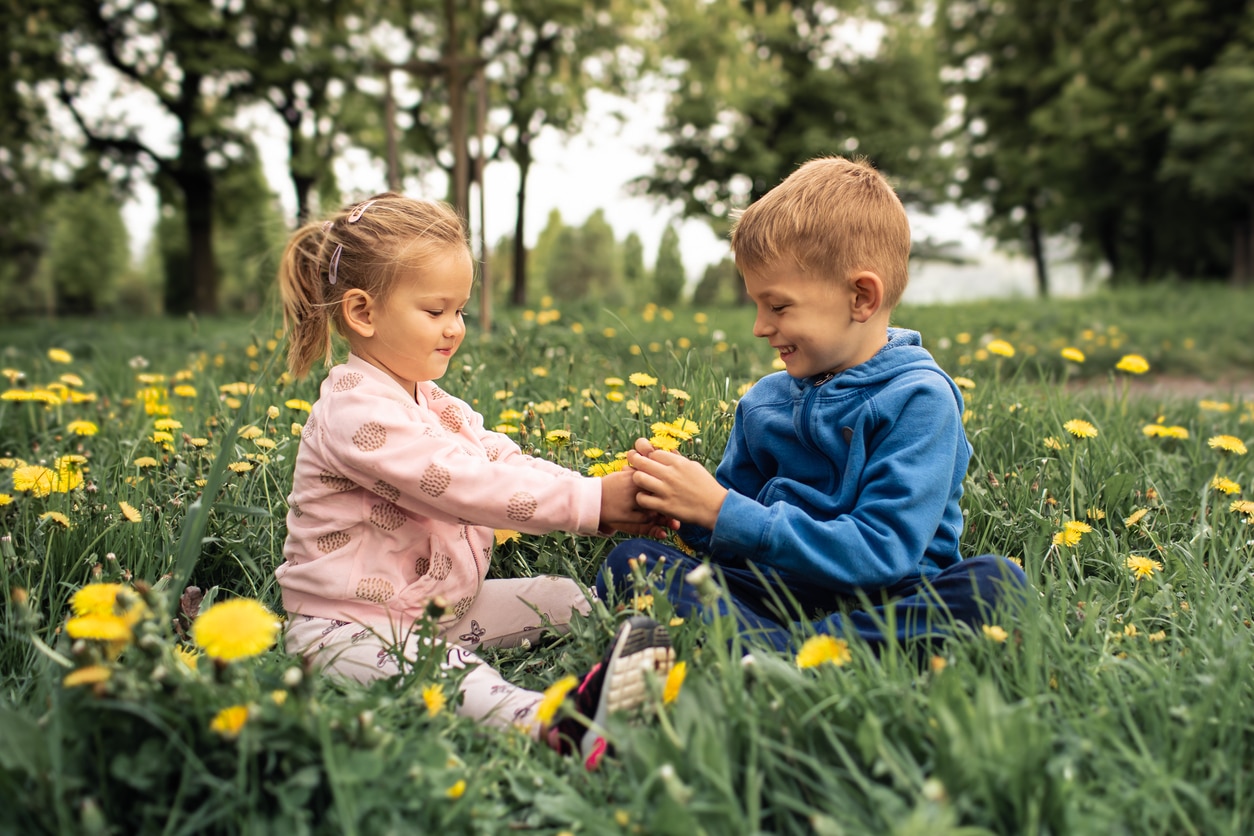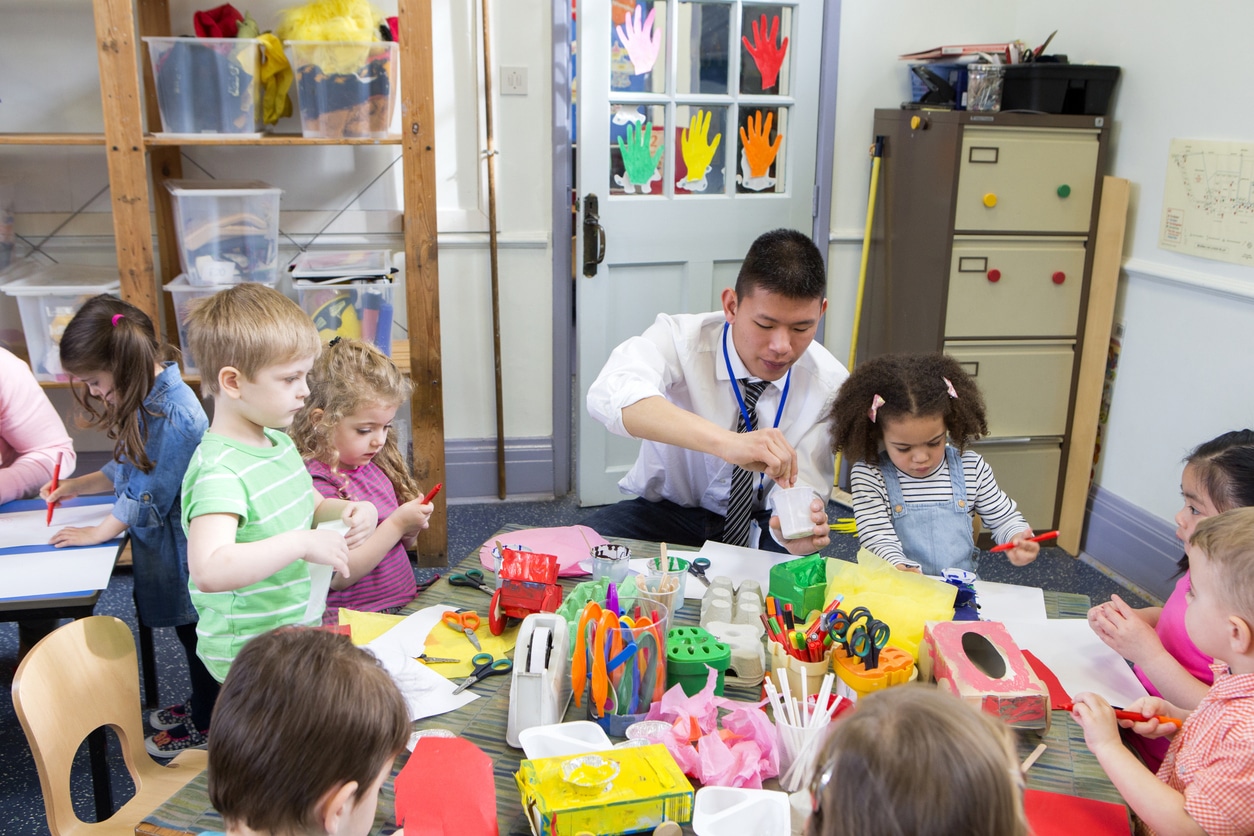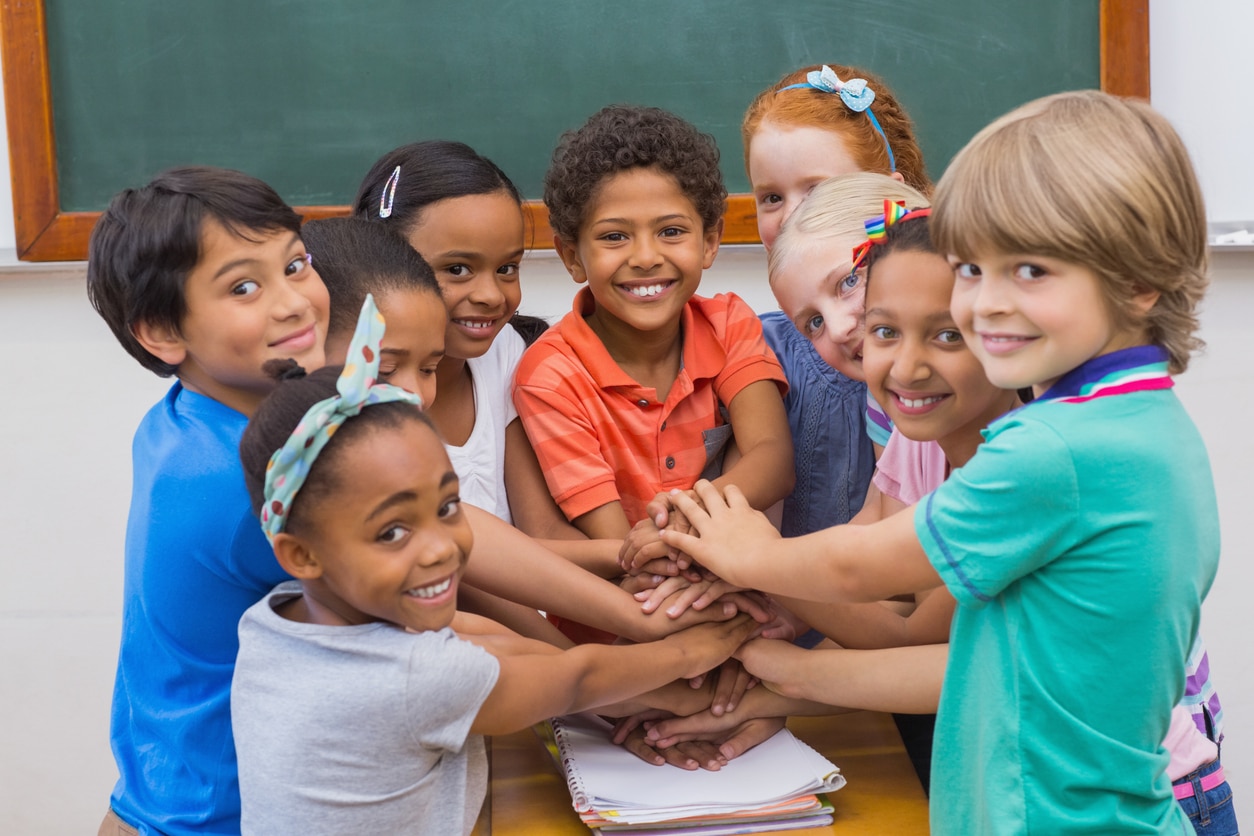Understanding Behavior through Observation with the Child Behavior Rating Scale

As we move into the spring, children have been in school for several months; they’ve had a chance to adjust to the classroom environment, form friendships with peers, and learn how to engage in classroom tasks. Their behaviors tell us a story about their development, their needs, and their adaptation to the classroom throughout the year. You have had a chance to observe children’s behaviors across different contexts and during different classroom activities which makes the spring assessment window a good time reflect on individual children’s behaviors by completing the Child Behavior Rating Scale (CBRS).
The Importance of Social Skills and Self-regulation
Think of your classroom as a community, where each child navigates learning, forming relationships, and regulating their emotions and behaviors. Social skills and self-regulation are about how children manage their emotions, take turns, empathize with friends, and focus on tasks at hand. These skills are foundational, not just for academic success, but for life.

Tips for Effective Observation
Even though you have observed children’s behaviors throughout the year, the VKRP spring assessment window provides an additional opportunity to intentionally observe and note the children’s behaviors at the end of the school year.
- Be Intentional in Noticing Behaviors: This sounds simple, but truly being present, engaged, and observant during classroom activities is crucial. When you intentionally observe children, you can gather critical, objective information about their behaviors.
- Notice Specific Behaviors and Observe across Different Contexts: Some teachers like to keep notes of their observations of children prior to completing their ratings. Although this is not required, keeping notes about specific behaviors and the context in which you notice them is most helpful. Understanding the context – whether it’s during free play, structured activities, or transition times – can give you valuable insights into why a student behaves in a certain way and in particular circumstances.
- Pause and Notice whether your Feelings are Influencing your Ratings: Take time to pause and notice whether your feelings or relationship with the student are influencing how you interpret and report on a child’s behavior. VKRP offers valuable resources on recognizing and mitigating potential biases.
- Collaborate with Others: Confer with other teachers or staff who regularly interact with or observe a child to capture their abilities across contexts. It can be helpful to incorporate the behaviors and skills they notice into your ratings.

Learn More About How to Use Your CBRS Data
The Kindergarten and Pre-Kindergarten Interpreting Reports documents can be found under Reports > Understanding Reports. These reports provide information about the different reports available to you that include CBRS data, and how to use the CBRS data to support children’s self-regulation and social skills.
Additionally, the VKRP web portal has dedicated to resources that are designed to be used by teachers to support self-regulation and social skills resources, including tools for families to support feelings and ways to work through challenging behaviors.
In addition, the ECE Resource Hub has hundreds of resources focusing specifically on children’s social-emotional skills.
Please know the VKRP Team is here to support you as you prepare for and conduct assessments. If you have questions, please reach out at vkrp@virginia.edu or 866-301-8278 or via the support chat in the VKRP system.
More Questions for the VKRP Team? VKRP provides support via the online chat feature when you are in the system, via email vkrp@virginia.edu, and via toll free 866-301-8278

